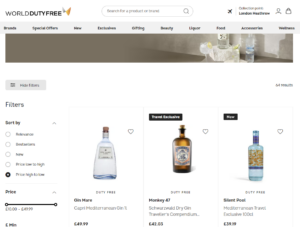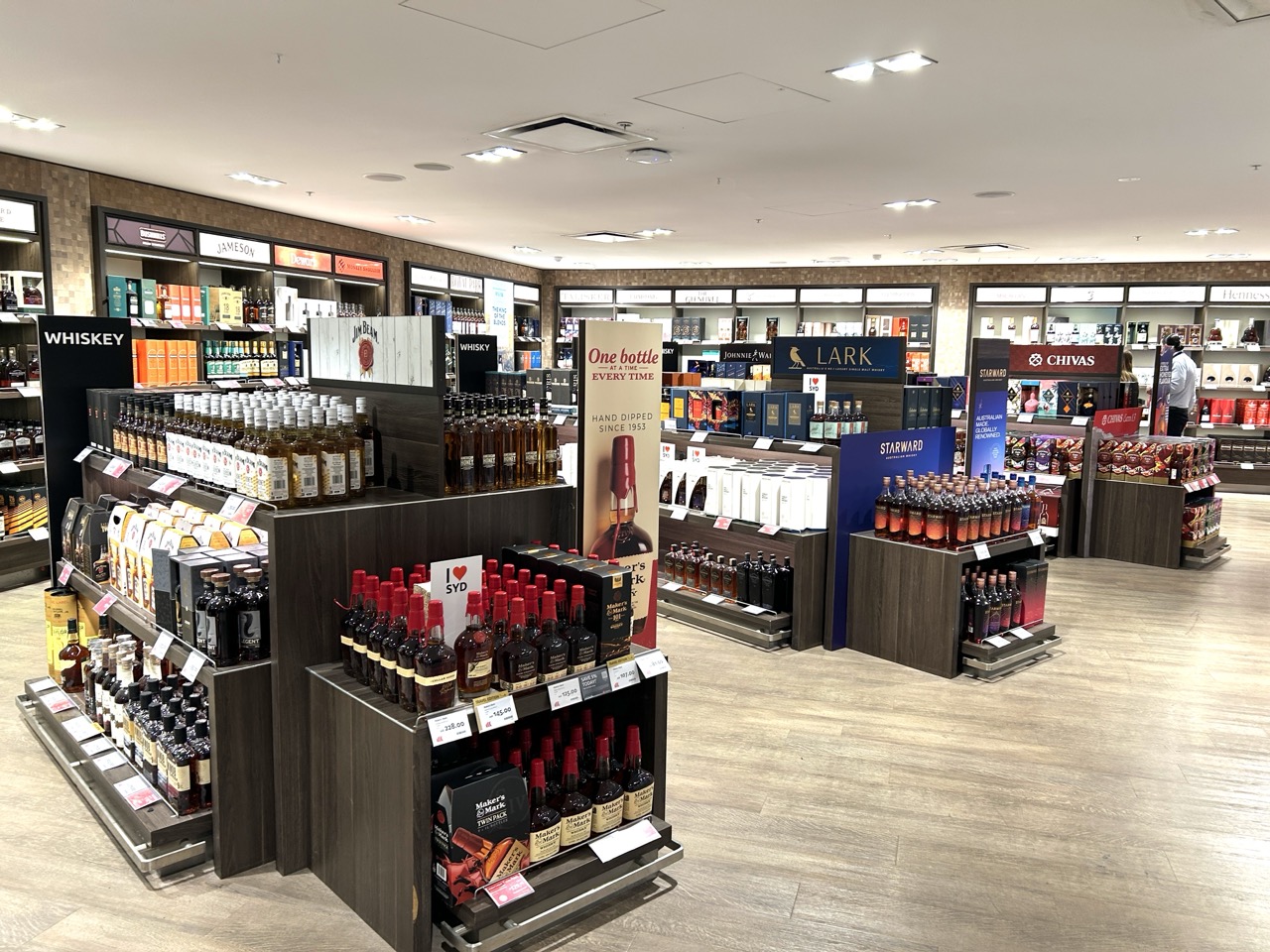Our regular feature, brought to you in association with Duty Free Global from Ireland, celebrates memorable scenes, moments, launches and campaigns related to the global aviation and travel retail sphere.
“Of all the gin joints, in all the towns, in all the world, he walks into mine.” – Heathrow Retail Director Fraser Brown (with apologies to Humphrey Bogart’s Rick Blaine, Casablanca)
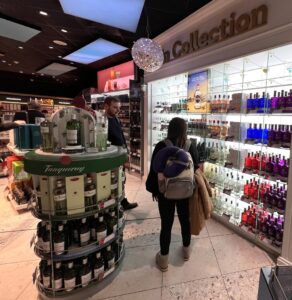
UK. Today’s selection comes from World Duty Free at Heathrow Airport Terminal 3, surely one of the best ‘gin joints’ on the travel retail planet, writes Martin Moodie.
Gin may not have been invented in the UK but at various stages in history it has gained enormous popularity there.
According to an excellent history of the beverage by Australian gin producer Bass & Flinders Distillery, 11th century Benedictine monks in Salerno, Italy distilled spirits using juniper berries. It was used to treat a wide range of ailments including indigestion, and more serious conditions of the stomach, kidneys and liver (no doubt, in excess, causing a few more along the way).
But the category itself takes its name from ‘jenever’ an old Dutch blend of grain-based malt wine and neutral spirit infused with Juniper berries. It was widely consumed in Europe from the 1340s to ward off the deadly Bubonic Plague, its popularity leading to mass production in The Netherlands.
During the 17th century, English soldiers were dispatched to war to assist the Dutch revolt against their Spanish Catholic rulers, in the process developing a fondness for the gulping of jenever or so-called ‘Dutch courage’ before going into battle.
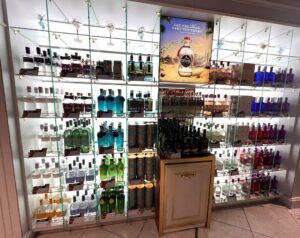
Those soldiers lucky enough to return home brought with them a taste for the spirit, a demand that rocketed in 1689 when William of Orange became King of England. After applying punitive duties to imported spirits such as Cognac, he introduced the Corn Laws, a blend of tax incentives for domestic spirit production and restrictions on imported food and grain.

That led to the infamous Gin Craze, when gin shops sprung up all over London selling a pint of gin for less than a pint of beer. The resultant surge in consumption, often of cheap, unregulated versions, spawned the phrase ‘Mother’s Ruin’ in the wake of the rising gin-related crime, prostitution, blindness and death which resulted.

With overdue regulation (the Gin Act of 1751), order was restored and by 1757 the Gin Craze was over. The British love affair with the product was not, however. As expertly documented by Beefeater Gin, Royal Military officers stationed in colonial India in the 19th century made the quinine they took every day to ward off malaria more palatable by mixing it with their gin rations and a touch of lime (to combat scurvy) to create the forerunner of the gin & tonic.
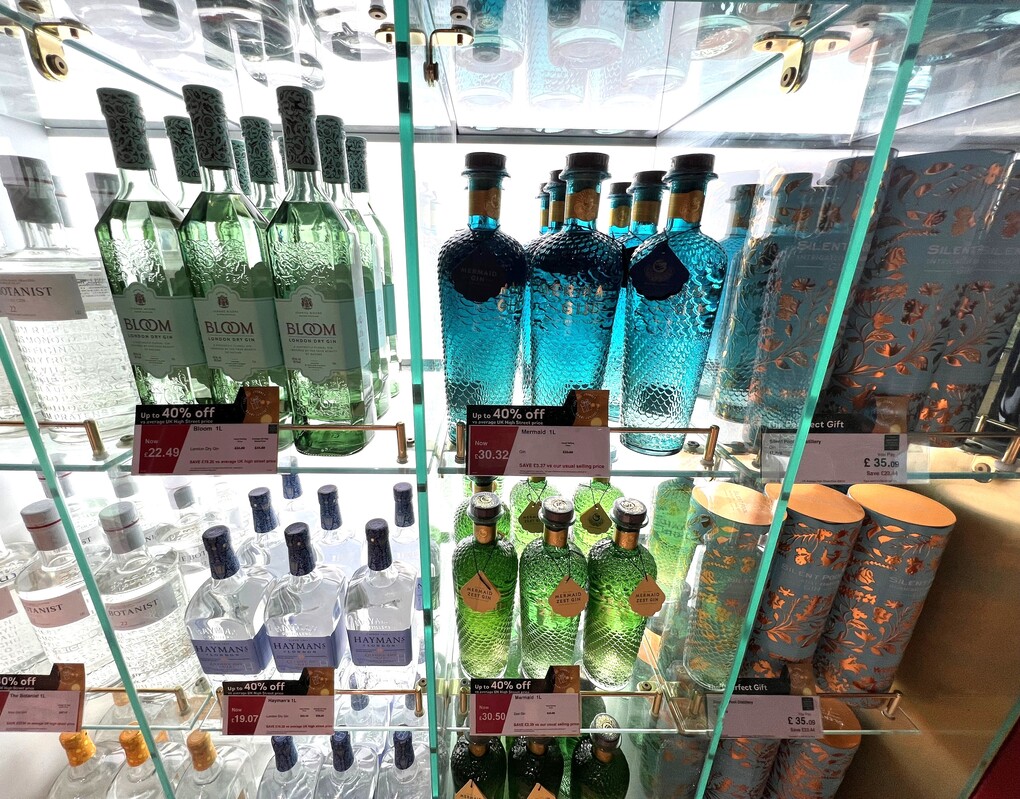
During the 20th century gin steadily faded in popularity, becoming largely associated with an older demographic. And then, against all predictions, a gin craze of a different kind began, spearheaded by the brilliant quirkiness of Hendrick’s, launched in 1999 by Wiliam Grant & Sons.
It was the start of an extraordinary renaissance, which continues to this day with an ever-increasing array of artisanal gins produced in countless countries.
Travel retail has reflected and to an admirable extent driven that revival. At the turn of the century, a travelling consumer entering an airport duty-free store would generally only encounter a handful of the top international names such as Gordon’s, Beefeater, Tanqueray and Gilbey’s. Today the shelves are almost groaning under the weight of a host of craft gins, flavoured line-expressions and travel retail-exclusives.
Avolta-owned World Duty Free has played a proactive role in serving and amplifying gin’s latter-day popularity. The T3 store offers a superb line-up – including brands distributed in travel retail by this column’s sponsor Duty Free Global, Drumshanbo Gunpowder Irish Gin and Mermaid Gin from the Isle of Wight in the UK.
How times change. ‘Mother’s Ruin’ morphed into travel retail’s transformation. Who would have thought it? ✈
